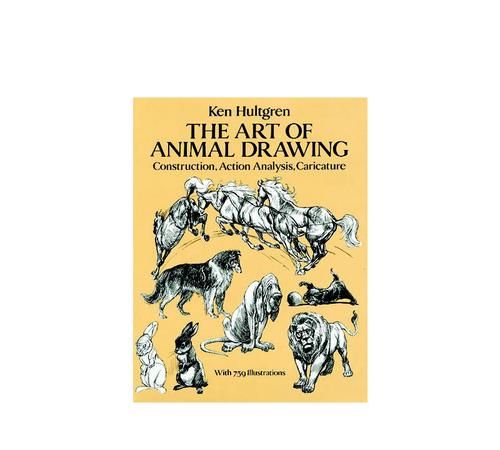As one of the oldest forms of human expression, drawing has played an integral role in our history and culture. From prehistoric cave paintings to modern graphic novels, drawings have served as a means of communication, storytelling, and artistic expression.

But what exactly is drawing? At its most basic, drawing is the process of using a variety of tools and techniques to create a visual representation of an object, idea, or concept. While it may seem simple, drawing involves a great deal of skill, practice, and creativity.
Techniques for Drawing
There are many techniques and approaches to drawing, each with its own strengths and challenges. Here are a few of the most common:
- Line drawing: This technique involves using a variety of lines to create the contours and details of an object. Line drawing can be simple or complex, depending on the style and subject matter.
- Shading: Shading is the process of adding value to a drawing through a range of tones, from light to dark. This technique is used to create depth, texture, and three-dimensional form.
- Hatching and crosshatching: These techniques involve using a series of closely spaced parallel lines (hatching) or crisscrossing lines (crosshatching) to create shading and texture in a drawing.
- Gesture drawing: This technique involves quickly sketching the basic shapes and movements of a subject, often without lifting the pencil from the paper. Gesture drawing is used to capture the dynamics and energy of a scene or figure.
These are just a few of the many techniques used in drawing. The key to mastering any technique is practice, patience, and a willingness to experiment and learn.
Tips for Drawing
Whether you are a beginner or a seasoned artist, there are some tips that can help you improve your drawing skills:
- Start with the basics: Before diving into complex subjects and techniques, it is important to master the fundamentals of drawing, such as composition, perspective, and proportion.
- Observe and study: One of the best ways to improve your drawing skills is to observe and study the world around you. Pay attention to light and shadow, textures, and shapes, and try to replicate them in your drawings.
- Experiment with materials: Don't be afraid to try out different pencils, pens, papers, and other drawing materials to see what works best for you and your style.
- Practice regularly: Like any skill, drawing requires practice. Set aside time every day or every week to practice your skills and hone your techniques.
Benefits of Drawing
Drawing is not only a form of artistic expression, but it also has many benefits for our mental and emotional well-being. Here are a few of the ways that drawing can improve our lives:
- Reduces stress and anxiety: Drawing has been shown to reduce stress and anxiety by promoting relaxation, mindfulness, and creativity.
- Enhances focus and concentration: Drawing requires intense focus and concentration, which can improve our ability to stay focused and present in other areas of our lives.
- Improves fine motor skills: Drawing involves intricate hand-eye coordination and fine motor skills, which can improve our dexterity and precision in other activities.
- Fosters self-expression and confidence: Drawing can be a powerful form of self-expression, allowing us to explore our thoughts, emotions, and identities. It can also boost our confidence and self-esteem as we improve our skills and create something meaningful.
In summary, drawing is a versatile and rewarding art form that offers myriad techniques, tips, and benefits. Whether you are a beginner or a professional, there is always room to learn, grow, and explore the art of drawing.
版权声明:本文来自用户投稿,不代表【新糯网】立场,本平台所发表的文章、图片属于原权利人所有,因客观原因,或会存在不当使用的情况,非恶意侵犯原权利人相关权益,敬请相关权利人谅解并与我们联系(邮箱:435320734@qq.com)我们将及时处理,共同维护良好的网络创作环境。




